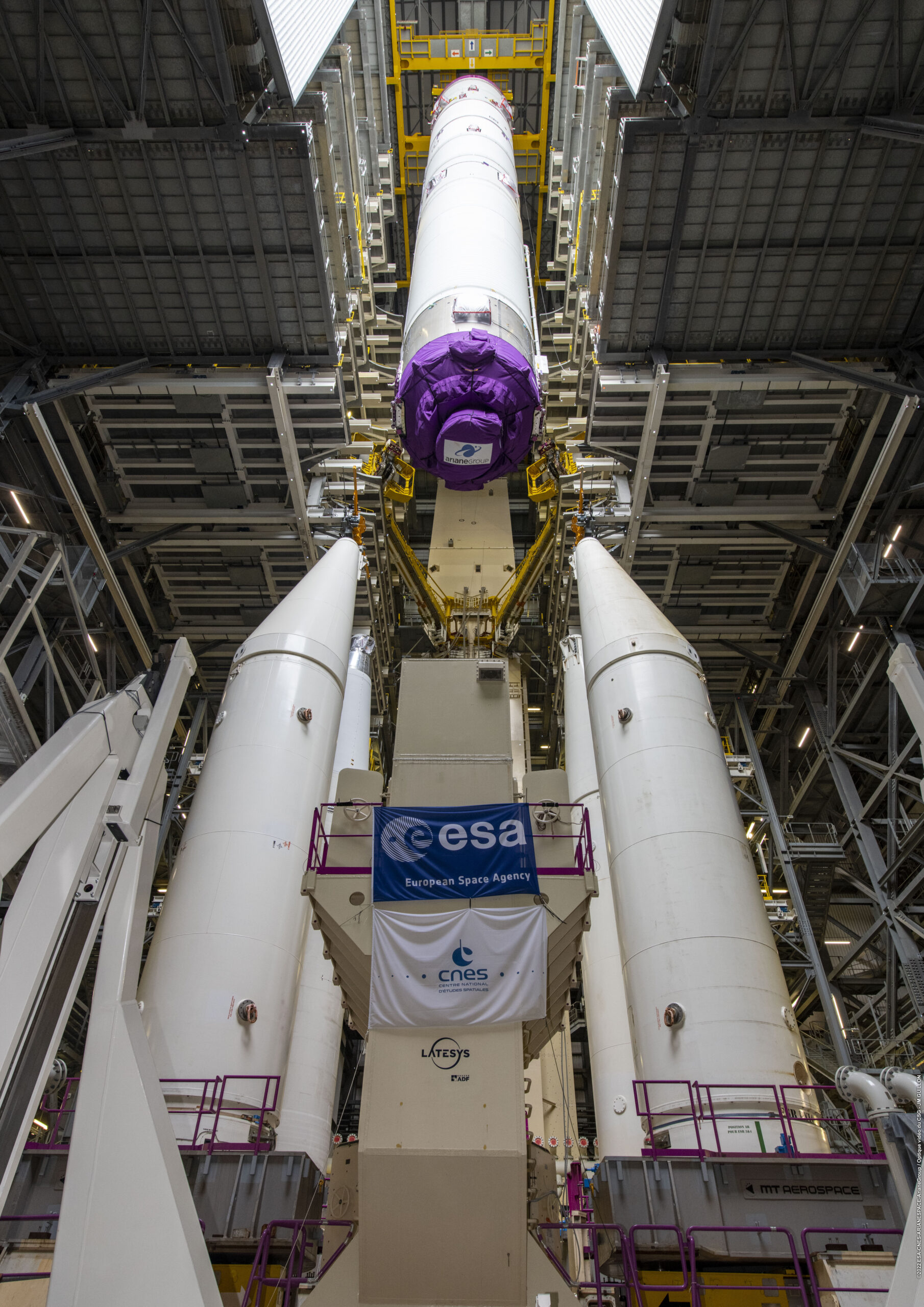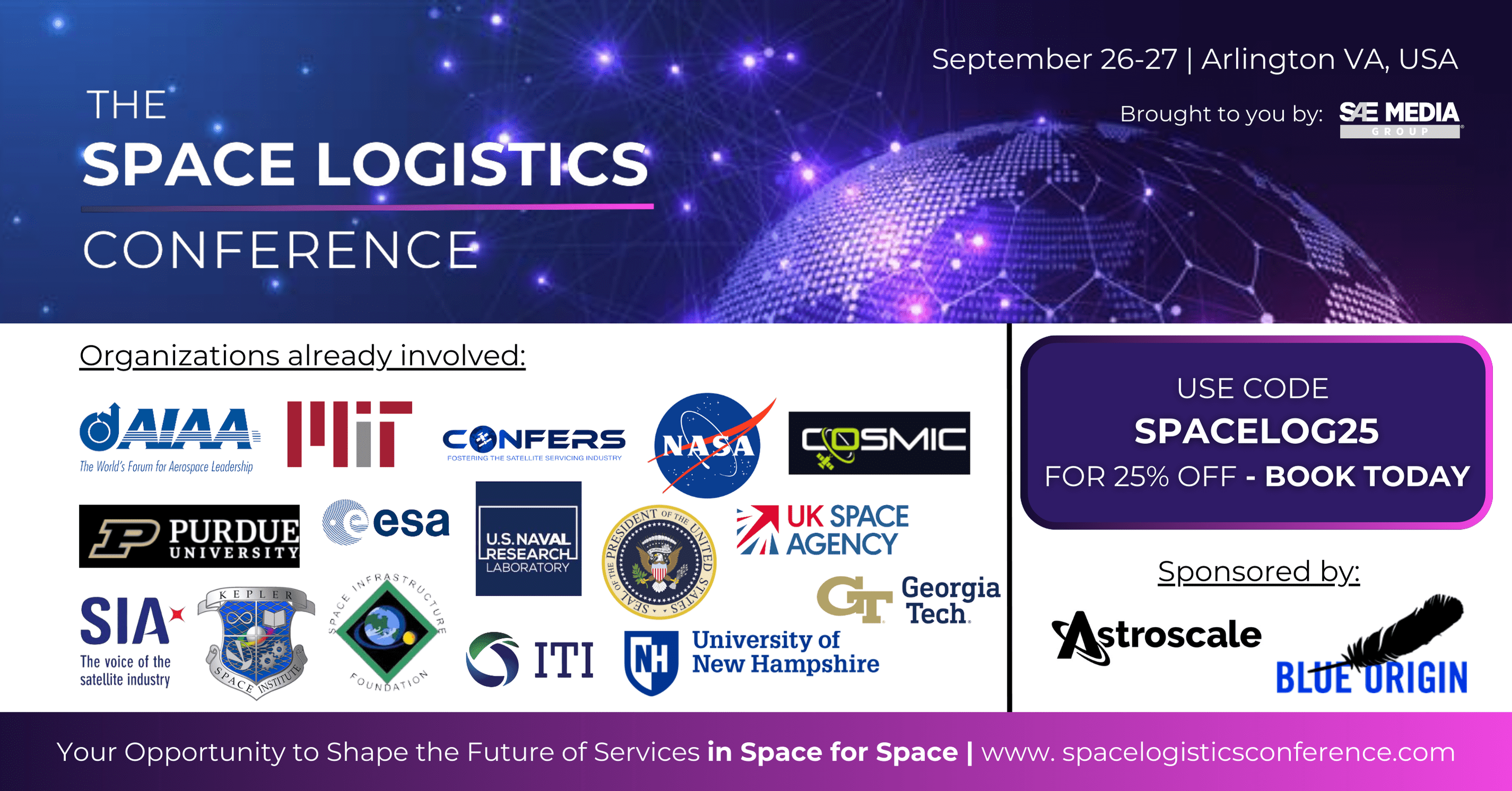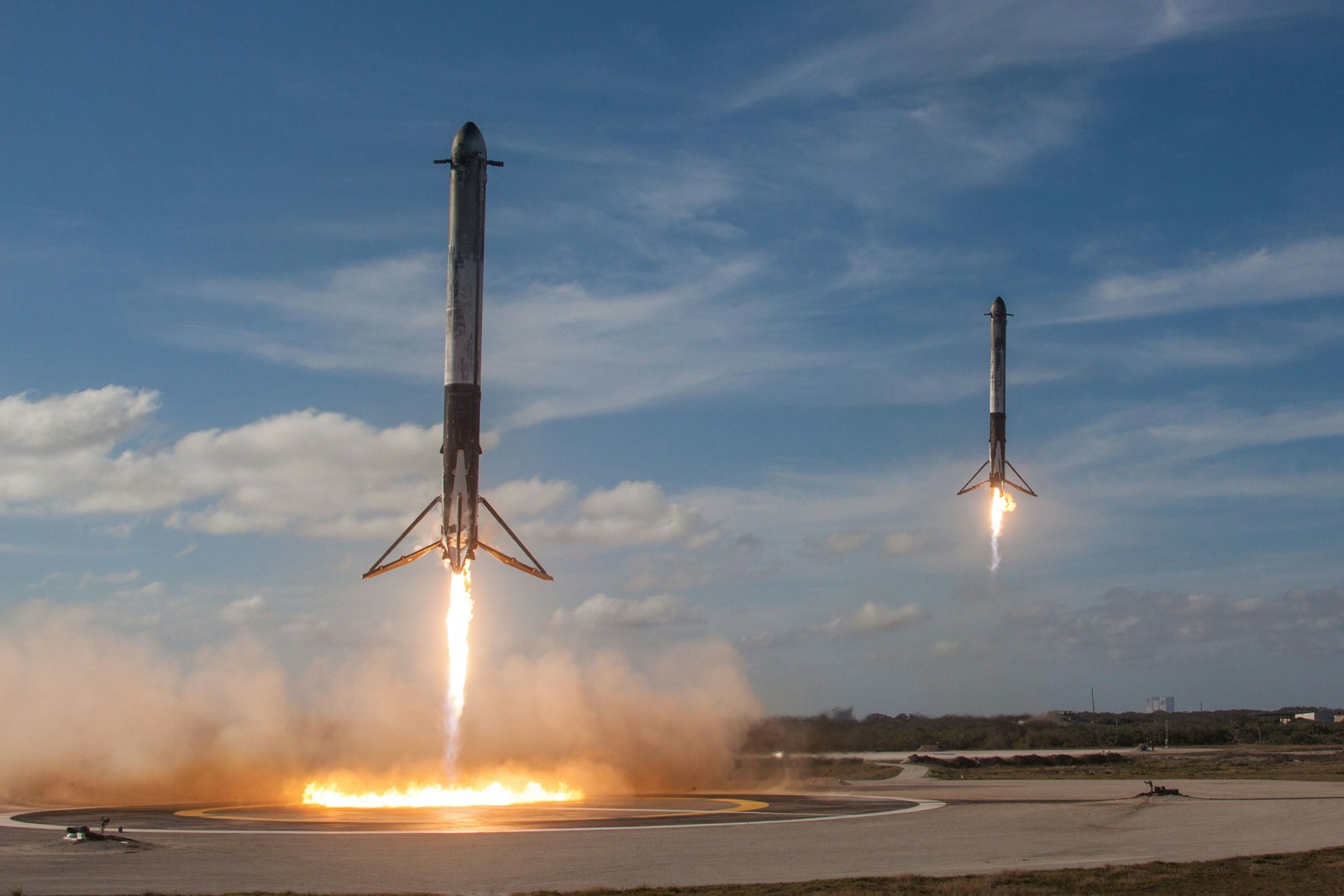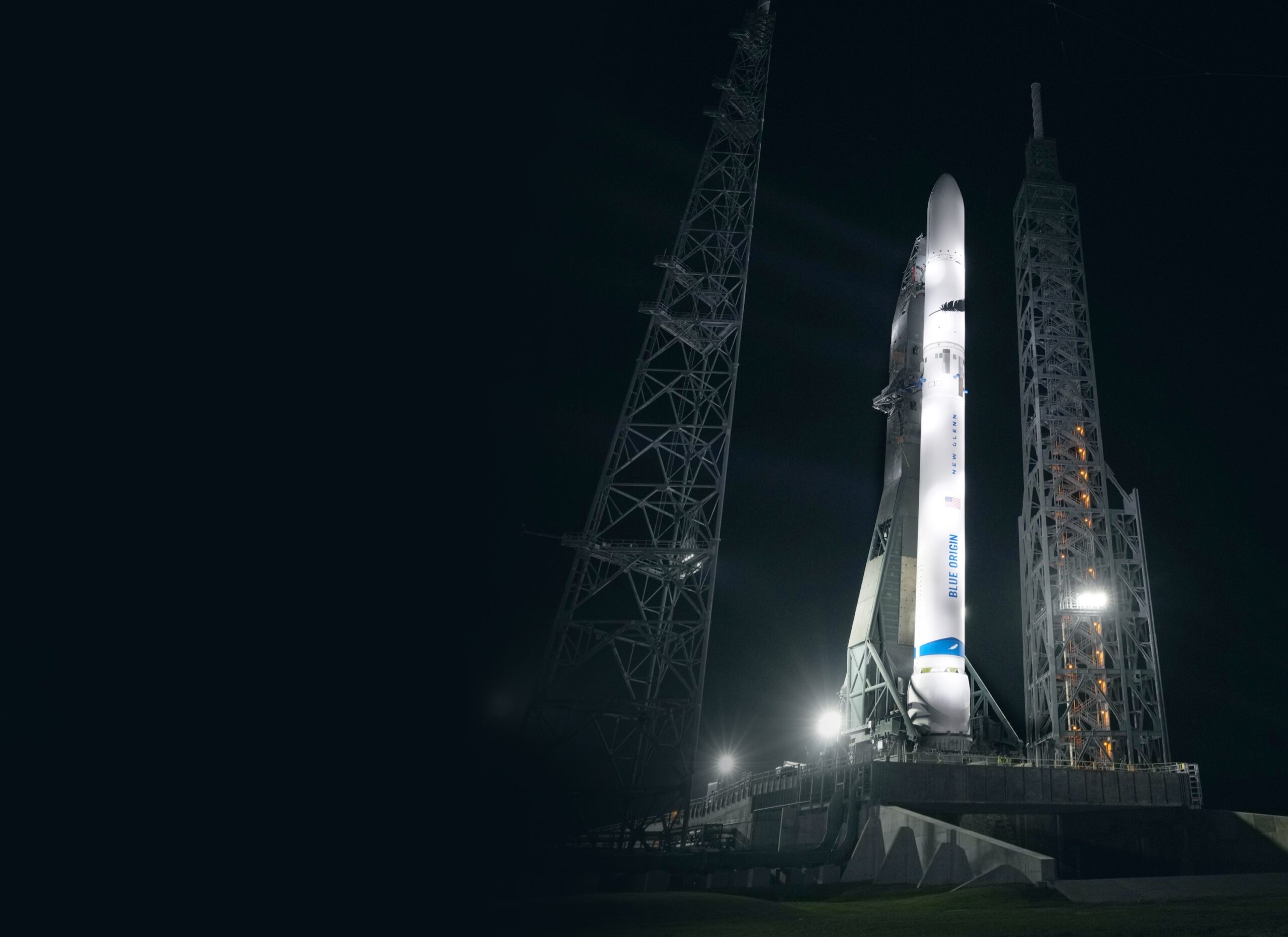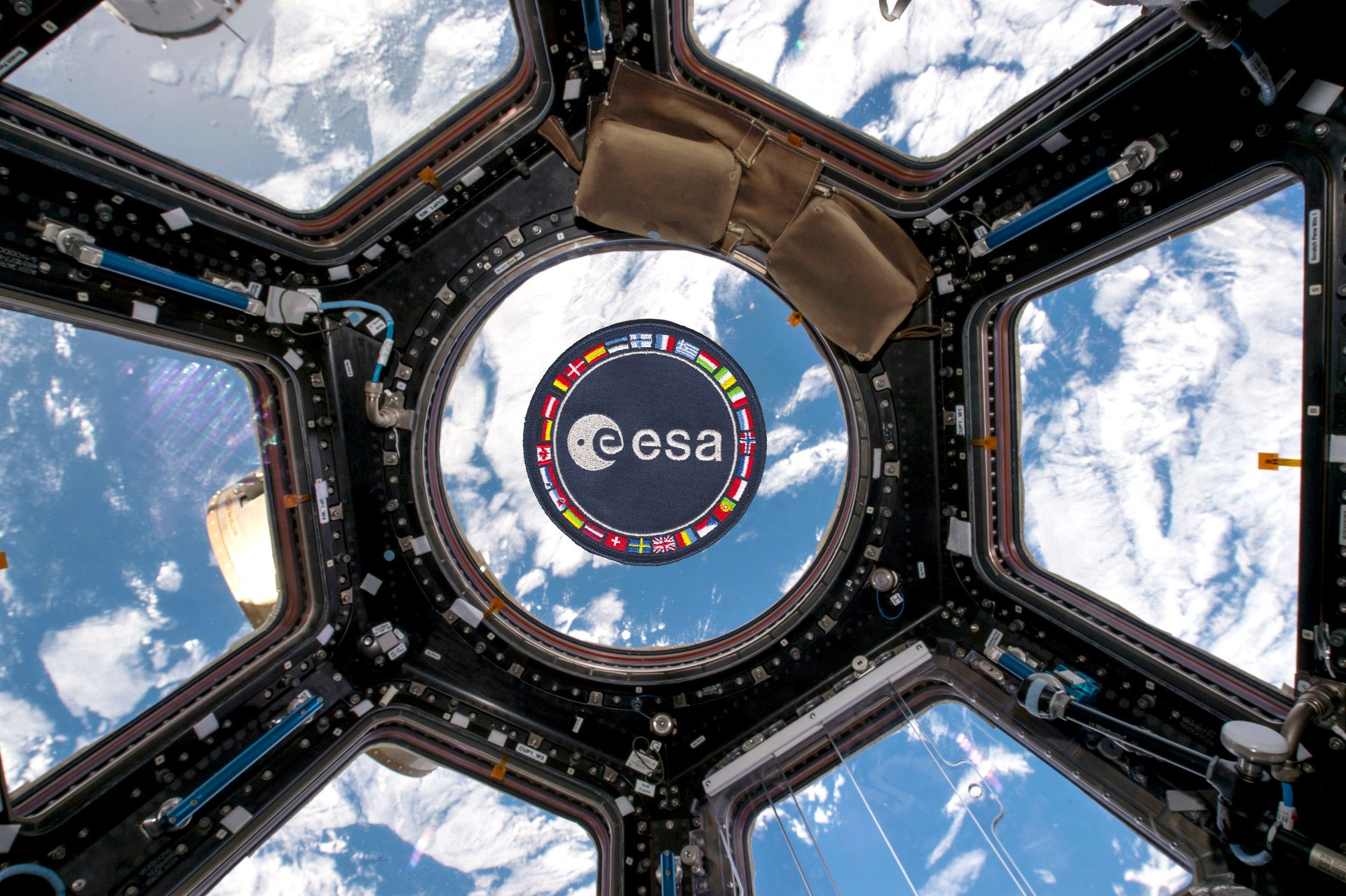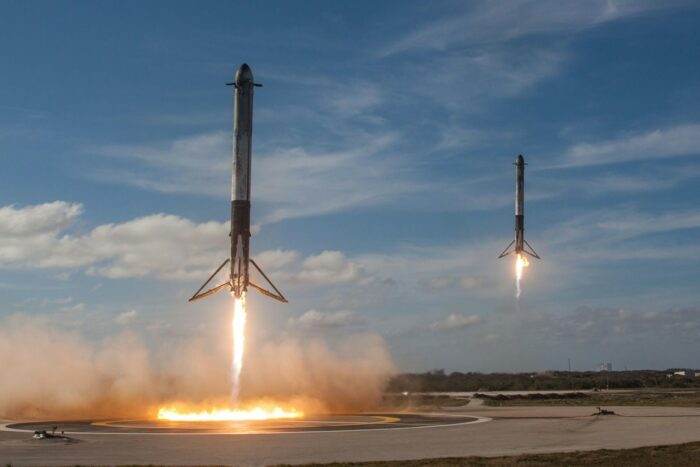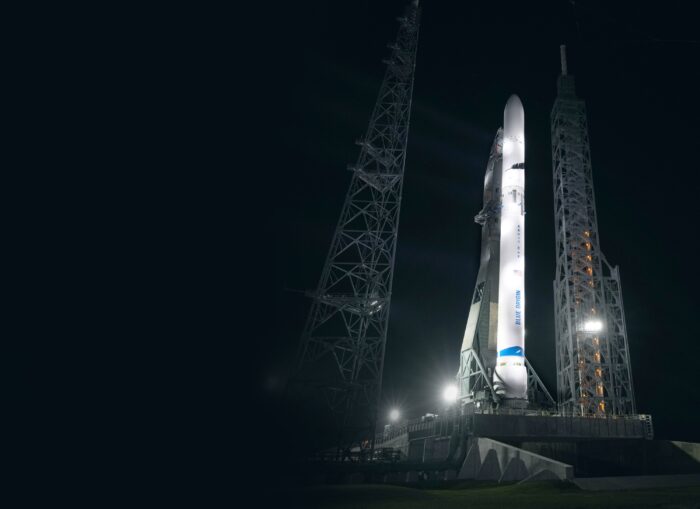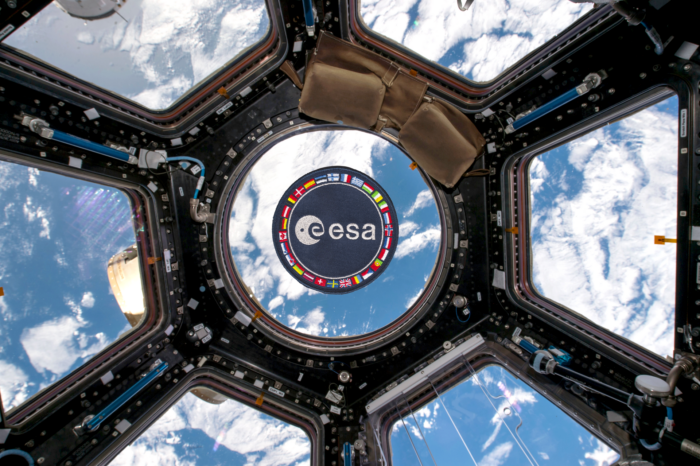Brief:
- The first Ariane 6 central core was successfully transferred to its launch pad at Europe’s Spaceport in French Guiana.
- This is a decisive step for the combined launch vehicle tests, carried out under ESA’s responsibility and executed by an integrated ESA-ArianeGroup-CNES team.
- Ariane 6 is a European Space Agency (ESA) program.
PRESS RELEASE — July 14, 2023 — The Ariane 6 central core (composed of the core stage and upper stage), assembled on 23 June, left the Launcher Assembly Building for the first time, en route to its new launch pad, which was built under the supervision of CNES, the French space agency, at Europe’s Spaceport in French Guiana. This decisive and keenly awaited step was carried out by ESA and executed by an integrated ESA-ArianeGroup-CNES team.
“The first encounter between Ariane 6 and its launch pad is a particularly important and symbolic step, after years of parallel development at the factories in Europe and on this exceptional construction site. We are now entering a phase of high visibility, with the complete launcher on its launch pad. During these combined tests, we will continue to verify the innovative technologies developed together, with a view to Ariane 6 qualification. This phase is essential not only for the development of the launcher, in the run-up to its inaugural flight, but also to guarantee ramp-up in line with the expectations of Arianespace’s institutional and commercial customers”, said André- Hubert Roussel, ArianeGroup CEO. “During this crucial period, all of the teams at ArianeGroup, CNES and ESA, are hard at work to ensure that the combined tests are a success, thanks to their diverse skills and close and fruitful collaboration. I thank them for their efforts and their unparalleled expertise.”
“The ELA4 launch pad is welcoming the arrival of Ariane 6, a launcher that represents the future of access to space for a whole continent. A crucial and concrete step in the continuation of the program is now complete”, said Philippe Baptiste, Chairman and CEO of CNES. “I would like to congratulate all the teams at CNES, ArianeGroup, and ESA who are contributing to this new success. Combined tests are continuing within the framework of European space collaboration, and everything is in place to ensure that the qualification of Ariane 6 leads to the first flight as soon as possible, beginning an adventure that will ensure Europe continues to rank among the world leaders in access to space.”
Daniel Neuenschwander, ESA’s Director of Space Transportation, said:
“I am delighted to see solid progress towards first flight. Ariane 6 marks a new era in reliable, competitive and autonomous European spaceflight. Ariane 6 is also the foundation for a series of developments which will maintain Europe’s gateway to space into the 2030s.”
After the Launcher Assembly Building (BAL) doors were opened, the Ariane 6 central core, comprising two assembled cryogenic stages (core and upper), traveled in a horizontal position to its launch pad 800 meters away at a speed of 3 km/h, a journey lasting some twenty minutes, by means of four automatic guided vehicles (AGVs).
The central core was then positioned vertically on its launch pad, an operation carried out by two AGVs and a crane equipped with a spreader bar, enabling the central core to transition from the horizontal to the vertical position. The vehicle was then rotated 180 degrees to allow its connection to the launch pad’s filling-drainage umbilical lines.
The central core was placed on the ground and will be connected soon to the four solid fuel boosters, to create an Ariane 64 configuration. This involves three mock-ups (pylons) and the first P120C ESR (Equipped Solid Rocket) model for Ariane 6 transported vertically to the launch pad on 2 July. It is entirely representative of a flight model, but contains only inert materials for the purposes of the combined tests.
The vertical transition of the central core on its launch pad illustrates one of the major changes in the launcher’s final assembly process, thus helping to meet the Ariane 6’s industrial efficiency objectives.
The purpose of the combined tests is to check all the interfaces and communications between the Ariane 6 launcher and its launch pad. The flight software, control bench software and tank filling and drainage operations will also be tested, as they are vital for correct performance of a launch sequence.
The next step will be the installation of the upper composite – which consists primarily of the fairing and the payload – directly on the central core. Once tanks are filled, Vulcain 2.1 engine will then be ignited, with the launch pad being used for the first time as a test bed, although there will obviously be no lift-off.
The hot-fire tests of the full Ariane 6 upper stage are also being prepared at the German space agency (DLR) site in Lampoldshausen.
Ariane 6 is a program managed by the European Space Agency (ESA), which is responsible for the entire architecture of the launch system and its funding. As industrial prime contractor and design authority for the launcher, ArianeGroup is responsible for development and production with its industrial partners, as well as for operations through its subsidiary Arianespace. The French space agency CNES is responsible for the construction of the launch pad in French Guiana.
If you found this article to be informative, you can explore more current space industry news, exclusives, interviews, and podcasts.
Contact Information:
Astrid EMERIT – T. +33.6.86.65.45.02 [email protected]
Camille SOHIER – T. +33.6.49.00.90.75 [email protected]
Olivia BAUMANN – T. +33.1.44.76.76.59 [email protected]
Pascale BRESSON – T. +33.1.44.76.75.39 [email protected]
Raphaël SART – T. +33.1.44.76.74.51 [email protected]
Share this article:

